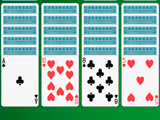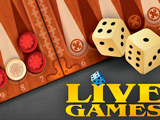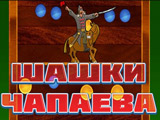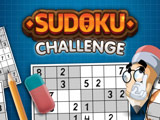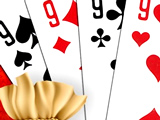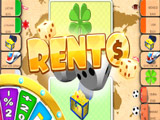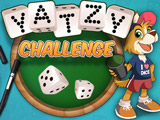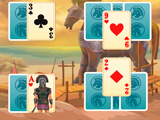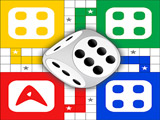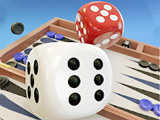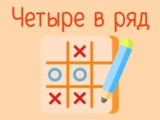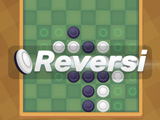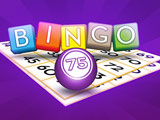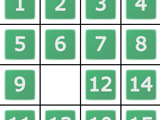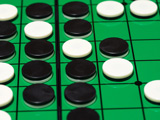Parchisi Dice

Enjoy classic tabletop fun in the digital world of Parchisi Dice! Get ready for extraordinary player interaction in this game! The game has 4 colored corners (red, green, yellow, blue) and each corner can be occupied by one player (so-called playhouses). The game can be played by 2 to 4 players, and it is not necessary to use all corners in the game. If only 2 players play, they must occupy the corners directly opposite each other. Each colored corner has a fixed starting point, and then the pawn must follow a fixed path and get to its home field. Each color has 4 pieces that can be moved according to the following rules.
Pawns move according to the values of the rolled dice, which can be the values of individual dice or the total value of the sum of two dice.
A pawn enters play only after it has been moved from its nest (corner position) to the starting point, which can only be done if the value of the rolled die is 5 for one die or two dice together.
Once pawns come into play, they move counterclockwise along a fixed path.
Players take turns moving clockwise.
If a player does not have a pawn in play and is not dealt a five, he cannot make a move, and the turn passes to the next player.
If a player can make a move, he must do so.
If one of the two rolls cannot be used, the player may choose to move either way.
If a player's pawn lands on the same spot as an opponent's pawn, the opponent's pawn is sent back to its nest (corner position). This is called undercutting the opponent's pawn.
There are a few safe places where a player cannot cut off an opponent's pawn. These safe places are marked in gray. There are eight safe spaces on the board.
There are four semi-safe spaces, which means that a player cannot cut off an opponent's pawn except under certain conditions. These semi-safe spaces are the starting points for the four players. Pawns in these spaces can only be cut if the pawn is moved from the player's nest (corner position) to the starting point.
A pawn cannot be moved to a safe or semi-safe location if an enemy pawn occupies it.
A player can move another pawn to a place already occupied by one of his pawns so that a player can move a maximum of two pawns to the same place. This is called a blockade.
When a blockade occurs, no pawn can cross it, including the pawn of the player who created the blockade.
If an opponent has formed a blockade on a semi-safe place, no pawns can be clipped, even if the pawn moves from its nest (corner position) to the starting point.
A pawn can be moved to the home square only when throwing an exact number.
When a player throws a double, he gets another chance to make a throw after completing his moves.

About this game:
- Players have rated this game 3.14 out of 5, based on 14 votes.
- Released in September 2022.
- Ready to play on Web Browser (PC) and Android/iOS (Mobile).
- Powered by HTML5 — jump right in and start playing in your browser, no downloads needed.

